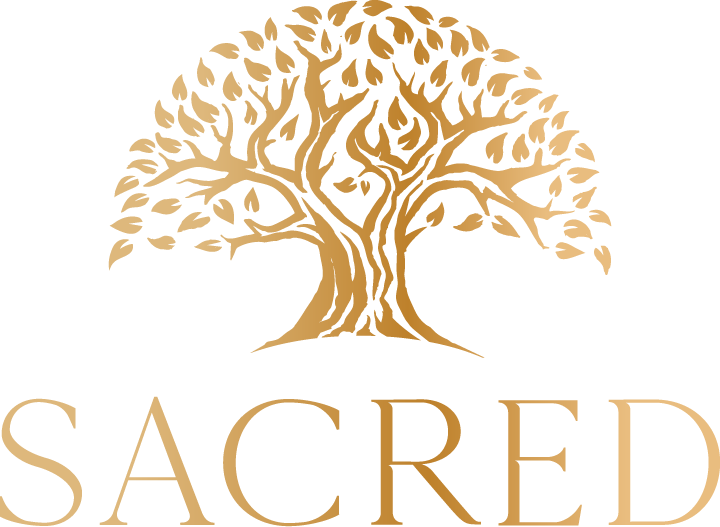The Sidr Tree (also known as Lote tree, Christ’s Thorn, Jujube, or Nabkh tree, botanical name: Ziziphus spina-christi) is known to many as a sacred tree.
It has been around for thousands of years, and its many medicinal uses have been passed down from generation to generation up until this day. Widely used in Yemen by the locals as an alternative to medicine, it has remarkable uses from bark to berry. Below, we have listed a few…
Description
In Yemen, the Sidr tree grows wild and uncultivated. It can reach a height of 2–5 meters with shiny green leaves about 5 cm long. The branches are soft with a gray-yellow color, and the flowers are yellow. The edible fruits of Sidr trees are round and yellowish but turn to a more reddish color when mature.
Habitat
It’s an evergreen tree that grows in coastal, desert, and semi-desert areas. It is native to India, Pakistan, Ethiopia, Egypt, Libya, Sudan, and the southern part of the Arabian Peninsula. It grows extensively in the eastern part of Yemen.
History
The Sidr fruit was the first thing Prophet Adam (pbuh) ate when he was made to descend to earth. The tree was used during the time of King Suleiman (pbuh), and the Pharaohs used it to build palaces and temples.
It is an ancient tree, mentioned four times in the Qur’an. In Sura Saba, it is mentioned as an earth tree, while in other Suras, it is mentioned as a paradise tree (Sidrat al-Muntaha). Allah swt has mentioned this tree to emphasize its beauty, strength, and grandeur (Saba 15,16; Waqia 27-33; Najm 7-18).
Traditional Uses
In Yemen, the leaves are used as a herbal shampoo to treat dandruff, head lice, swollen eyes, abscesses, furuncles, and counter obesity.
Mixed with warm water, the leaves are used to clean the body since they are a disinfectant, and the oil from the resin is deodorant.
The wood ash is used for the treatment of snakebites. The fruits of Sidr trees were found to have a very high-energy value. Only dates, figs, raisins, and few other dried fruits have a higher value. The seeds are rich in protein (protein is good for muscle growth, which makes our honey excellent as a pro workout supplement). The leaves are rich in calcium, iron, and magnesium. The root, stem bark are also used in various medicinal preparations.
Other known medicinal uses include as a stomachic, an appetizer, an aphrodisiac, an astringent, and also as a cough medicine.
Sidr For Hair And Body
Add 1 tablespoon of powdered Sidr to approximately 1 cup of warm water. Mix it vigorously with your fingers to make it frothy and like soap suds. Wash your hair with it, leave it on for a few minutes while washing the rest of your body, then rinse out completely. A day after hair has been washed with Sidr, it will be shiny and full of volume.
Nutritional Value
Carbohydrates, sugars, fibers, protein, vitamin B1, B2, B3, B5, B7, C, A, protein, calcium, iron, magnesium, manganese, phosphorus, potassium, sodium, zinc, selenium, copper, volatile oils, sulphur, etc…
Disclaimer: The information provided in this blog post is for educational and informational purposes only. It is not intended as medical advice or a substitute for professional medical diagnosis, treatment, or care. Always seek the advice of your physician or other qualified health provider with any questions you may have regarding a medical condition. Never disregard professional medical advice or delay in seeking it because of something you have read in this blog post. The use of natural remedies, including Yemeni Sidr honey, should be approached with caution and individual considerations. Results may vary, and it's essential to consult with a healthcare professional before incorporating any new dietary supplements or making significant changes to your health regimen.




Leave a comment
This site is protected by hCaptcha and the hCaptcha Privacy Policy and Terms of Service apply.